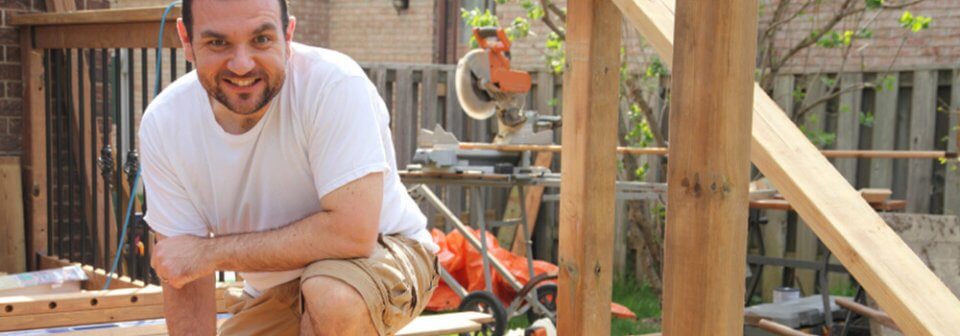
Homeowners looking to save money on repairs are turning to DIY shows to learn how to do the work themselves – often with disastrous results. It looks so easy on television, weekend warriors consider themselves to be just as capable as the experts, only to quickly get in over their heads. And, those DIY mistakes can impact your homeowners insurance, if you aren’t careful.
A simple plumbing job could easily turn into a flooded kitchen, bathroom or nearby master bedroom. And, one of the by-products of something going awry is you may have to file a claim with your homeowners insurance company to repair the serious damage you inadvertently caused trying to prove to the “missus” you’re super handy with a crescent wrench.
Before attempting a modification or repair that may be above your pay grade, you should first consider this: the half-hour and hour-long segments of your favorite DIY program showing complicated projects getting done without a hitch don’t necessarily reflect how the job can swallow up a novice in a hurry.
Some of the more serious DIY mistakes that can have an impact on your homeowners insurance are:
Not obtaining a permit or the proper permits
This is a common problem. Do-it-Yourselfers frequently underestimate the size of the project they undertake or the fact that permits are required, while others don’t want to deal with bureaucratic red tape and ignore the process altogether.
The purpose of a permit is twofold.
- To ensure that you’re not going to be engaging in any construction or repair activity that ends up breaking any kind of codes or laws.
- So your local city, county and state know on whom to place financial liability in the event of a loss suffered by neighbors or the city itself should you blow the municipal power grid while attempting to replace a breaker panel.
When it comes to permits, if in doubt – find out. In other words, if the DIY job is bigger than painting walls, consult your city to see if you need a permit.
Unsafe or dangerous environment
Overwhelming repairs or jobs you aren’t qualified to do can easily turn disastrous.
Working in crawl spaces or over false ceilings can be exceptionally hazardous. Many a Do-it-Yourselfer has found him or herself unexpectedly crashing through the ceiling, causing costly damage that will require a professional to repair, not to mention possible medical attention for the nimble-footed Do-it Yourselfer who went from crawl space to living room floor in a single step.
In addition, if you aren’t too sure what you’re doing when dealing with electrical wiring, don’t touch it. This usually ends badly. You can go from a simple shock to frying the wiring and also your house – to possible electrocution and life-threatening injury.
Forgetting to Measure Twice
The old saying – measure twice, cut once has been around for a long time. And, while a novice may assume they’ve measured correctly, reality can quickly set in when they discover the drywall, pipe, or anything to do with wood is cut too short.
Professionals know and follow this rule of thumb because it won’t just save them time, but money as well. Accuracy is vital when framing and even more so if you’re dealing with load-bearing walls. Mis-measures are not easy fixes and trying to do it by cutting corners could have catastrophic implications for your house or yourself should it lead to serious injury.
DIY shows are entertaining and help at the same time. But, know your limitations. If you’re not the handiest tool in the box, let a professional do the job. It may be more expensive, but it’s better than losing your house or winding up in the hospital and having your homeowners insurance go up or canceled because of something you did wrong.
If you’re looking for homeowners insurance, it helps to compare and bundle with your auto insurance. Call Freeway Insurance today at (800) 777-5620 to speak with a live agent about the discounts you can get when you bundle your insurance. You can also get a free homeowners insurance quote online.



